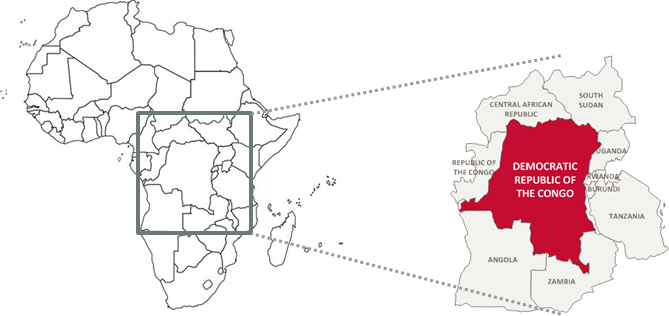Conflict Minerals
Background
On August 22, 2012, the final rule regarding sourcing of conflict minerals under Section 1502 of the Dodd-Frank Wall Street Reform and Consumer Protection Act ("the Dodd-Frank Act") was approved by the U.S. Securities and Exchange Commission (the "SEC"). The rule imposes annual reporting requirements on U.S. SEC reporting companies relating to the presence of conflict minerals in the products that they manufacture or contract to manufacture.
The rule on conflict minerals focuses on the Democratic Republic of the Congo ("DRC") and surrounding countries, a central African region with vast mineral wealth, including reserves of conflict minerals, and surrounding countries. For many years, armed groups have fought to control mines within the DRC and smuggle minerals out of the region, the proceeds of which are used to finance conflict and perpetuate criminal behavior. These armed groups have been cited for committing human rights violations and contributing to the humanitarian crisis in the region.
Covered Minerals
The minerals go by the name of 3TG, an abbreviation for Tin, Tantalum, Tungsten and Gold, and are used in many manufactured goods across many industries, including the aerospace, appliances, automotive, electronics, jewelry, medical and tool and die industries.
| Mineral | Description | Major uses | DRC world supply |
|---|---|---|---|
| Cassiterite | TIN is extracted from the mineral. | Electronic circuits boards, plating and solders for joining pipes. | 5% |
| Columbite-tantalite | TANTALUM is extracted from the mineral. | Electrical equipment (e.g., mobile phones, computers, video game systems), and surgical components. | 15%-20% |
| Gold | GOLD can be found in pure form or as a by-product from mining operations. | Jewelry, medical devices, electronic circuits boards, communications and aerospace equipment. | 0.6% |
| Wolframite | TUNGSTEN is extracted from the mineral. | Metal wires, light bulb filaments, metal working, electronic machinery, and welding applications. | 0.5%-2% |
Covered countries
The DRC region includes the following countries:
- The Democratic Republic of the Congo (DRC)
- The Congo Republic
- The Central African Republic
- South Sudan
- Uganda
- Rwanda
- Burundi
- Tanzania
- Zambia
- Angola

Allegion Policy
Allegion’s policy is to support the legitimate businesses within the Covered Countries. Allegion will seek to responsibly source materials from the Covered Countries. Thus, Allegion’s goal is to provide product to its customers that is DRC Conflict Free, as defined in background.
Similarly, Allegion expects its suppliers to source conflict minerals responsibly and to provide sufficient data , including supporting due diligence records, demonstrating they have ensured that, to the extent they use conflict minerals in the products they provide to Allegion, the procurement of those conflict minerals does not support these armed groups and are DRC Conflict Free. Suppliers are expected to establish conflict minerals compliance policies, survey their suppliers and establish a due diligence process to support their conflict minerals data collection efforts. To this end, all Allegion suppliers must document thoroughly their efforts to determine the source of any conflict minerals or derivatives and be prepared to provide Allegion with evidence of the origin of any conflict minerals contained in products supplied to Allegion.
At this time, Allegion uses the standard EICC/GeSI template to survey its suppliers, which includes use of the Conflict Free Smelter list. Allegion encourages its suppliers to do the same.



